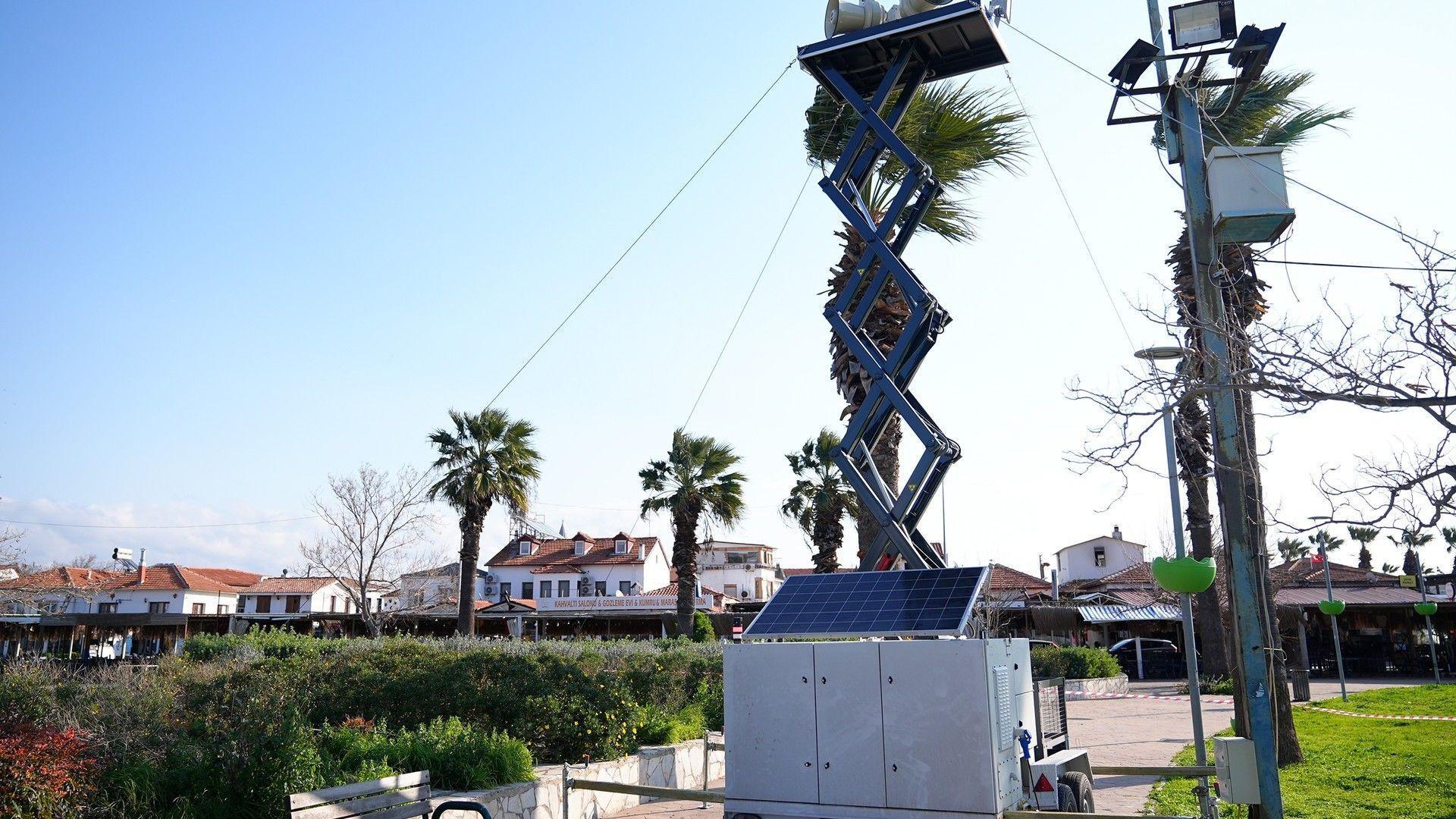
Seismic unrest in the eastern Mediterranean continues to raise concern after a 6.0-magnitude earthquake struck the Aegean Sea in the early hours of May 22, rattling parts of Türkiye and Greece and prompting a tsunami alert across the region.
The tremor, which occurred at 6.19 a.m. local time, was felt across southwestern Türkiye and the Greek Island of Crete.
According to Türkiye’s Disaster and Emergency Management Authority (AFAD), the quake’s epicenter lay in the Aegean Sea, approximately 170 kilometers southwest of Muğla’s Datça district.
Shortly after the quake, the European-Mediterranean Seismological Center (EMSC) issued a tsunami warning, urging residents in Türkiye, Greece, Portugal, France and Italy to consult local authorities for safety updates. A 3.4-magnitude aftershock followed in the same region.
Turkish seismologist Süleyman Pampal emphasized the area’s vulnerability to both seismic and volcanic activity. “This is the same region north of Crete that experienced an earthquake storm in the fall of 2011,” he noted. ”The tectonic setting here — where the African plate subducts beneath the Eurasian plate — creates a high potential for both earthquakes and tsunamis.”
Pampal pointed out that while the current quake, due to its distance, does not pose a direct threat to Türkiye’s coastline, larger tremors up to 8.5 could emerge from the Hellenic Arc, the subduction zone south of Crete. “These could have destructive primary effects and generate secondary threats such as tsunamis,” he warned.
On the Greek side, the U.S. Geological Survey reported the earthquake’s epicenter to be 82 kilometers northeast of Heraklion, Crete, at a depth of 68 kilometers. The shock was felt not only across Crete but also as far as Athens and even Egypt.
Greek broadcaster ERT reported that residents in Crete’s Rethymno and Lasithi regions were startled awake and evacuated their homes as a precaution, while no major damage was recorded.
The latest tremor follows a 6.1-magnitude quake near the island of Kasos just over a week ago and comes amid a steady sequence of seismic events across the Cyclades, including Santorini and Amorgos. Thousands of mostly minor quakes have been recorded since January.